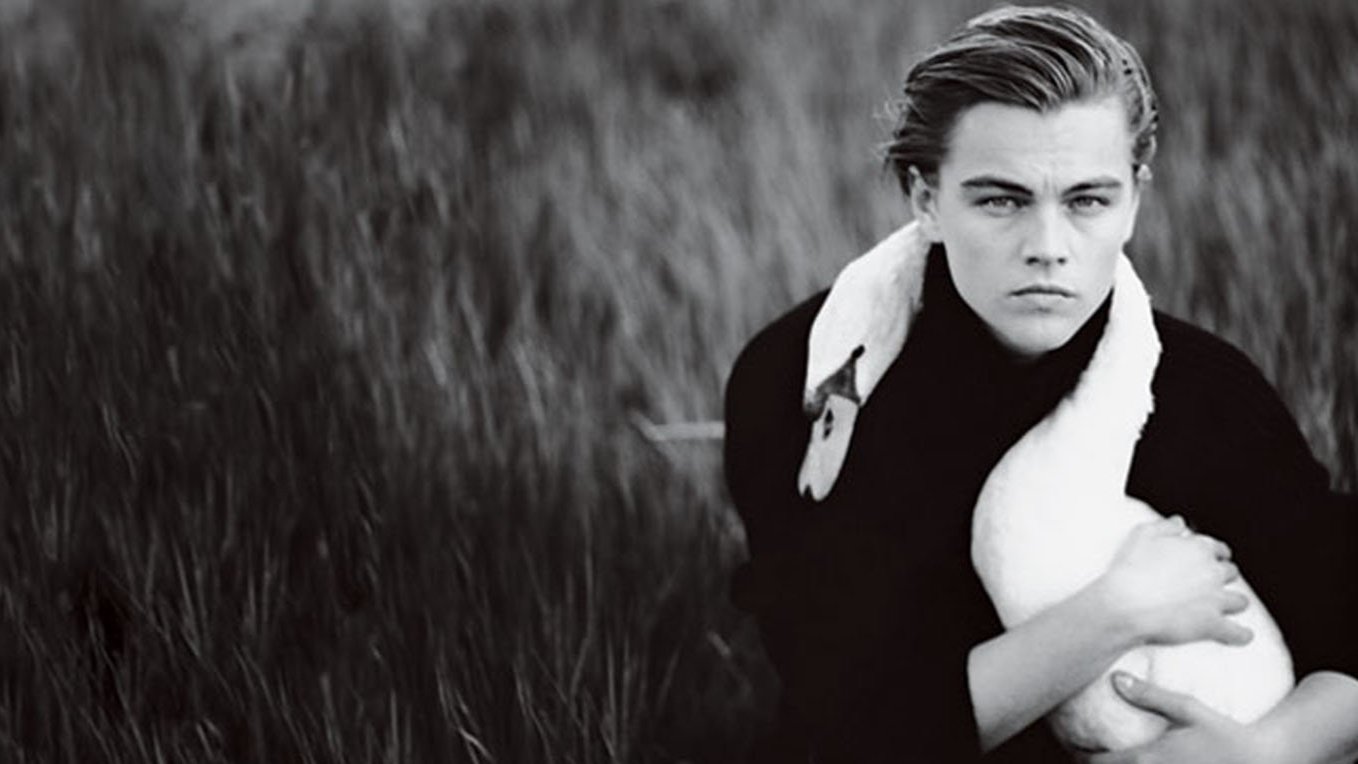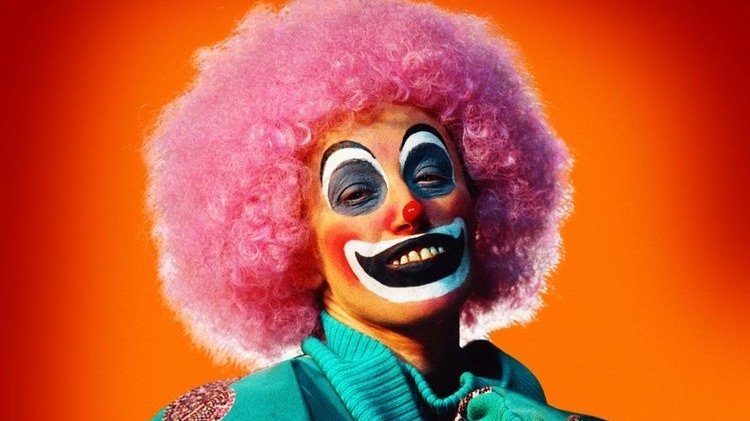Sam Haskins
Sam Haskins was born on November 11, 1926, in Kroonstad, South Africa (1926–2009). He studied drawing and painting at the Johannesburg Technical College before pursuing formal training in photography at the London School of Printing and Graphic Arts.
In the early 1950s, Haskins returned to South Africa and opened a commercial studio in Johannesburg, where he worked in advertising photography. His background in graphic design influenced his visual sensibility early on, particularly in his layout decisions and lighting control. His studio work during this time helped him refine many of the technical skills he would later apply to his fine art practice.
Haskins moved to London in the 1960s, where his career shifted toward book publishing and exhibition work. His first photobook, Five Girls (1962), marked the beginning of a career-long focus on the female figure.
Photographic Style and Techniques
Sam Haskins’ photographic style is defined by its strong graphic sensibility, narrative structure, and a deep commitment to analog processes. He preferred in-camera and physical techniques over post-production manipulation, working with a high degree of control both at the time of capture and in the darkroom. His approach merges fine art composition with fashion aesthetics, often within a single image or sequence.
Key characteristics of his style include:
• In-camera image making: Haskins used double exposures, montage, blur, and controlled lighting during the shoot itself. He minimized post-processing, instead relying on the technical precision of his studio setup and analog materials.
• Darkroom montage techniques: In his classic black-and-white work from the 1960s, particularly in Five Girls and Cowboy Kate, Haskins created montages entirely under the enlarger. These were built by exposing two negatives onto the same sheet of photographic paper, often using tracing paper or registration methods to carefully align elements.
• Color montage using the Pentax 67: Later in his career, Haskins used the removable pentaprism feature of the Pentax 67 to align transparencies directly on the ground glass. This method allowed him to physically position one image over another, then tape the transparencies together for a precisely composed final image.
• Hybrid image-transfer process: Haskins also developed a technique where a black-and-white print—dry-mounted onto card—would be rephotographed to create a transparency. These transparencies were used either in his slideshow presentations or for compositing with other images, blending tonal work from black-and-white with elements of color.
• Exaggerated grain and darkroom plasticity: His most recognizable visual signature was his use of grain as an expressive tool. This was achieved through a multi-step analog workflow: underexposing in-camera, pushing the film during development, replacing the standard enlarger bulb with a floodlight for broader tonal control, enlarging from a small portion of the negative (which increased apparent grain), and printing on high-contrast paper. The resulting images had a sculptural, almost tactile quality.
• Nude figure photography: Haskins frequently worked with the female form, emphasizing gesture, framing, and emotional tone. He often photographed non-professional models to capture a more natural, unguarded presence. His approach to the nude was both stylized and empathetic, rooted more in observation and design than provocation.
• Narrative photobooks: Haskins was an early innovator in creating image-based books that functioned as fictional or thematic narratives. Rather than serving as collections of standalone images, his books like Cowboy Kate and November Girl were structured with story arcs and visual rhythm.
• Minimalist studio lighting: He used chiaroscuro lighting techniques to enhance the three-dimensional qualities of the body while maintaining clarity and contrast. His setups were often simple but highly controlled, producing dramatic but clean results.
Haskins’ photographic sensibility was influenced by his background in drawing and painting. As a student, he practiced life drawing, and this training in tonal rendering carried over into his photographic prints. His grainy, high-contrast nudes can be seen as a continuation of this early work—a photographic extension of charcoal’s tactile and sensual language.
Career Highlights
Sam Haskins’ major publications are regarded as milestones in 20th-century photographic history. The following books played central roles in his career:
Five Girls (1962) A black-and-white nude study that emphasized design, cropping, and controlled lighting. It marked his transition from commercial to fine art photography.
Cowboy Kate & Other Stories (1964) A fictional visual narrative of a woman named Kate. The book featured bold use of grain and sequential storytelling. It received the Prix Nadar in France and sold nearly one million copies. It became a fashion and art icon of the 1960s.
November Girl (1967) A visual story featuring model Anulka Dziubinska. The book uses tone, gesture, and location to depict emotional isolation and romantic longing.
African Image (1967) A documentary-style project capturing traditional life, crafts, and landscapes across sub-Saharan Africa. While visually different from his studio work, it still reflected his graphic approach to photography.
Haskins Posters (1972) A large-format color book designed with removable prints. It bridged the gap between photography and graphic design and received two Golden Pencil awards from the New York One Show.
Photo Graphics (1980) An exploration of photographic surrealism created entirely with analog tools. The book emphasized the blend of graphic design principles with photographic content.
Fashion Etcetera (2009) A late-career retrospective focused on fashion-related imagery from his archive, combining unpublished and classic works.
Photography Gear
Haskins’ technical choices supported his stylistic priorities: precision, control over tone, and high image quality for print reproduction.
Pentax 6x7
• Medium format camera known for its 6x7 negative size, offering excellent detail and tonal depth.
• Haskins used this camera extensively for studio and portrait work.
• His collaboration with Pentax included shooting and art-directing over 15 calendars for the brand between 1970 and 2000.
35mm Cameras
• Haskins occasionally used 35mm film cameras for increased flexibility.
• These were typically employed in faster-paced or more spontaneous environments, including documentary settings like African Image.
Studio Lighting
• He preferred soft, sculptural light, often using a minimal number of lights in controlled environments.
• His lighting setups supported his focus on form and allowed for consistent visual tone across sequences.
Haskins’ technical method was rooted in analog craftsmanship, with a deliberate avoidance of post-production alterations. His effects were achieved during the shoot or through darkroom techniques rather than retouching.
Quotes
“All too frequently the amateur will purchase a fine modern camera and proceed to use it for making the most elementary simple snapshots. This surely is like playing ‘Chopsticks’ on a concert grand piano.”
“What some highbrows call rapport is nothing more than a mild flirtation between photographer and the girl on the other side of the camera. Some models get so professional they can spend hours flirting with the camera itself while the poor photographer is reduced to the role of spectator.”
“A photographer went to a socialite party in New York. As he entered the front door, the host said ‘I love your pictures—they’re wonderful; you must have a fantastic camera.’ He said nothing until dinner was finished, then: ‘That was a wonderful dinner; you must have a terrific stove.’”
Legacy and Influence
Sam Haskins’ work contributed significantly to changing the visual language of fashion and figure photography. His books remain widely collected, studied, and referenced in both photographic and design contexts.
His impact can be observed in contemporary fashion photography and editorial layouts that borrow from his in-camera experimentation and narrative sequencing. Haskins’ ability to mix sensuality with formalism has kept his work relevant well into the digital age.
His approach shares key similarities with Jeanloup Sieff, particularly in the use of graphic composition, minimalist lighting, and the photographic study of the human figure in fashion settings.
Haskins’ photobooks, especially Cowboy Kate & Other Stories, are considered landmarks in the history of photography. He is credited with helping to redefine both the photobook format and the presentation of the nude as a subject of artistic and narrative interest.
His archive is now managed by the Haskins Estate and his son Ludwig Haskins, and his work continues to appear in exhibitions and retrospectives internationally.













